Regions
Winemaking In Italy
The history of viticulture in Italy dates back to Phoenician and Etruscan settlements of the 8th century BCE. When Greek settlers arrived, they gave southern Italy the name Oenotria.
Roman legions are credited with the diffusion of vitis vinifera, the grape vine, throughout the Empire. Planting of vines was considered a reward for conquest, and given the time necessary to grow grapes, it represented intentions of permanence in a territory. After its decline, for several centuries, mostly monasteries as well as various landowners continued production.
During the Renaissance wine production expanded again in our country, and new techniques evolved to stabilise wine and ferment sugar content.
From the second half of the nineteenth century onwards, viticulture and wine gained increasing importance. Since then, techniques of cultivation and production have been greatly improved, through a combination of better regulation of production and new generations of enologi, or winemakers, producing ever higher quality wines – using indigenous and foreign grapes alike.
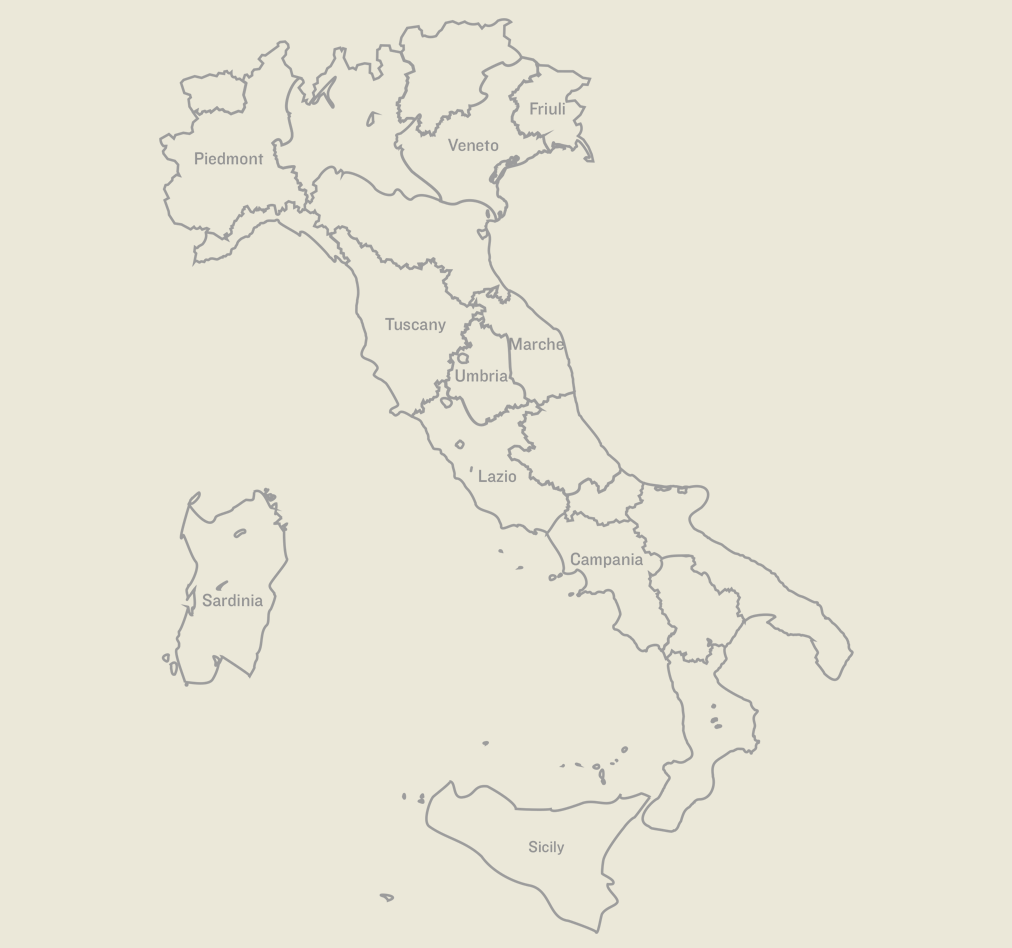
Campania
Campania is one of our country’s oldest winemaking regions. During Roman times, the region produced some of the most sought after wines of Italy, if not the entire Mediterranean.
The variety of soils and microclimates results in a multitude of types of wine, even when using the same grape varieties. Some wines are coastal, for example those from Amalfi. Others are made inland, such as in Irpinia, where the average elevation of 500 metres above sea level makes for a cool climate. This allows grapes to retain freshness and acidity, and results in harvests as late as October and even November.
Almost all grape varieties grown are indigenous, with among the most appreciated Falanghina, Fiano and Greco for white wine, and Piedirosso and of course Aglianico for red.
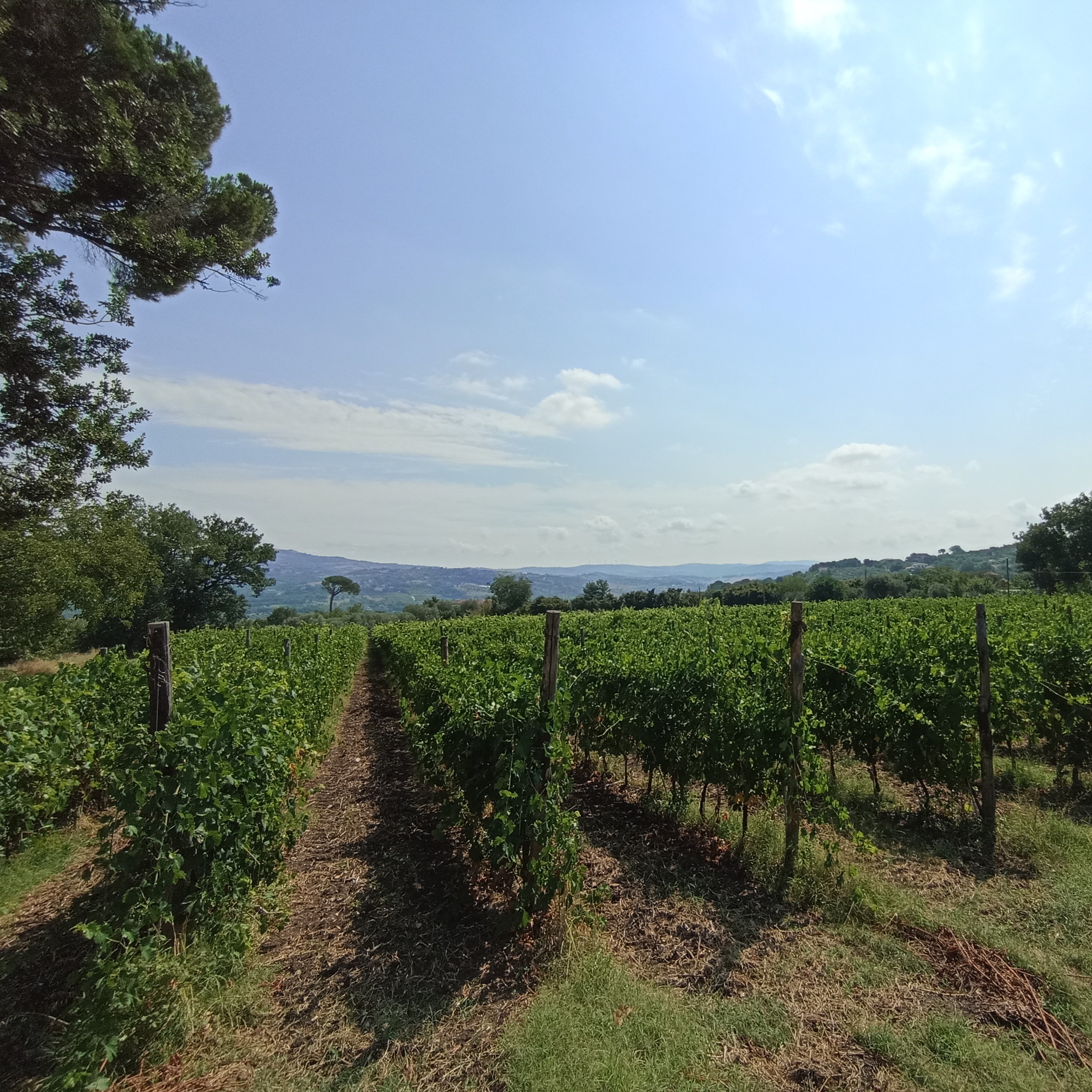

Friuli
Friuli (from Forum lulii) is the territory assigned by Julius Caesar to his soldiers to plant vines. It was also the first line of defence against the numerous invasions from the East. Later settlements by Byzantines, Venetians and Habsburgs, caused a significant number of grape varieties planted in the region early on.
It was not until the 1960s that the region’s distinctive wines received recognition more widely, but today Friuli is considered one of Italy’s prestigious winemaking regions – especially for white wines.
The most important vineyards are found in the hills along the border with Slovenia, home to the DOC appellation of Friuli Colli Orientali, in the province of Udine. On the foothills of the south-facing slopes of the Alps, they enjoy the most direct sunlight, alternating with cool night-time breezes from the Adriatic Sea.

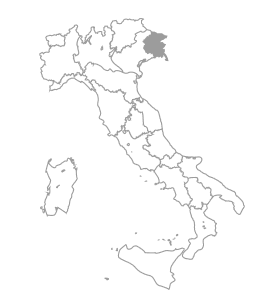
Lazio
In Lazio, the region of Rome, winemaking has ebbed and flowed over the centuries, but is currently enjoying a revival. As elsewhere, the Etruscans were the first to produce wine in this region, followed by the ancient Romans – the emergence of Rome as Imperial capital obviously providing significant impetus.
The hills in Lazio are of volcanic origin, as evidenced by its many circular lakes, which once were craters. Indigenous grape varieties are prevalent, including Malvasia di Candia and Trebbiano for white wines, and Cesanese, Montepulciano, Nero Buono and Sangiovese for reds.
But in the province of Viterbo, north of Rome and bordering Tuscany as well as Umbria, international grapes like Chardonnay, Grenache and Syrah are grown to a very high standard.
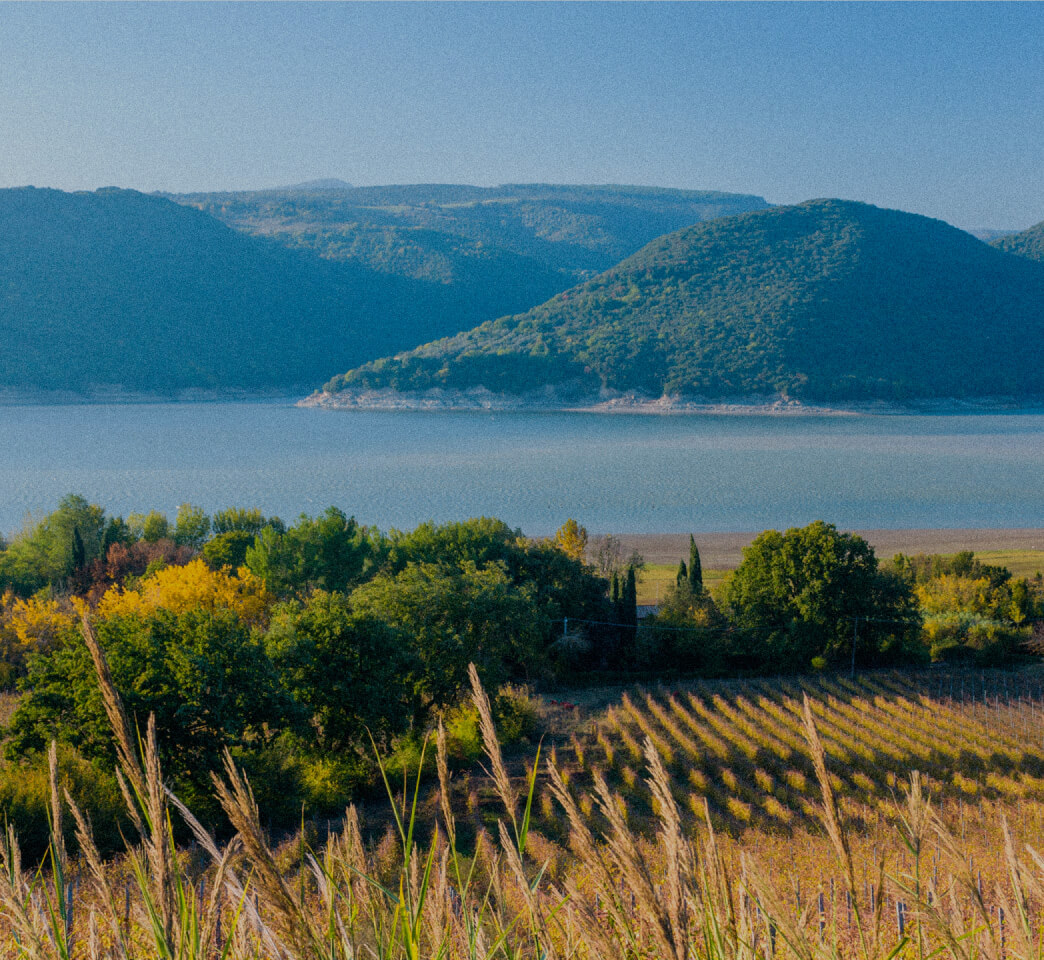
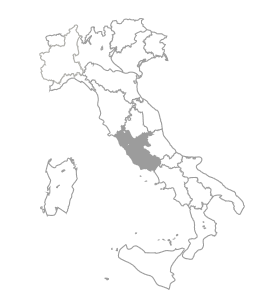
Marche
A denomination named after the castles surrounding the medieval town of Jesi, this region’s most important winemaking area is in the province of Ancona. Here the grapes for Verdicchio dei Castelli di Jesi are grown. It is a mere 30 kilometers from the Adriatic Sea, on our country’s eastern coast.
Verdicchio is an indigenous grape variety of the highest quality. Its name is derived from verde (green), because of the yellow-green skin giving the wine a subtle greenish hue.
The Verdicchio grapes grown in the Classico zone have a slightly saline character, which give the wines here their crisp, well-rounded minerality.
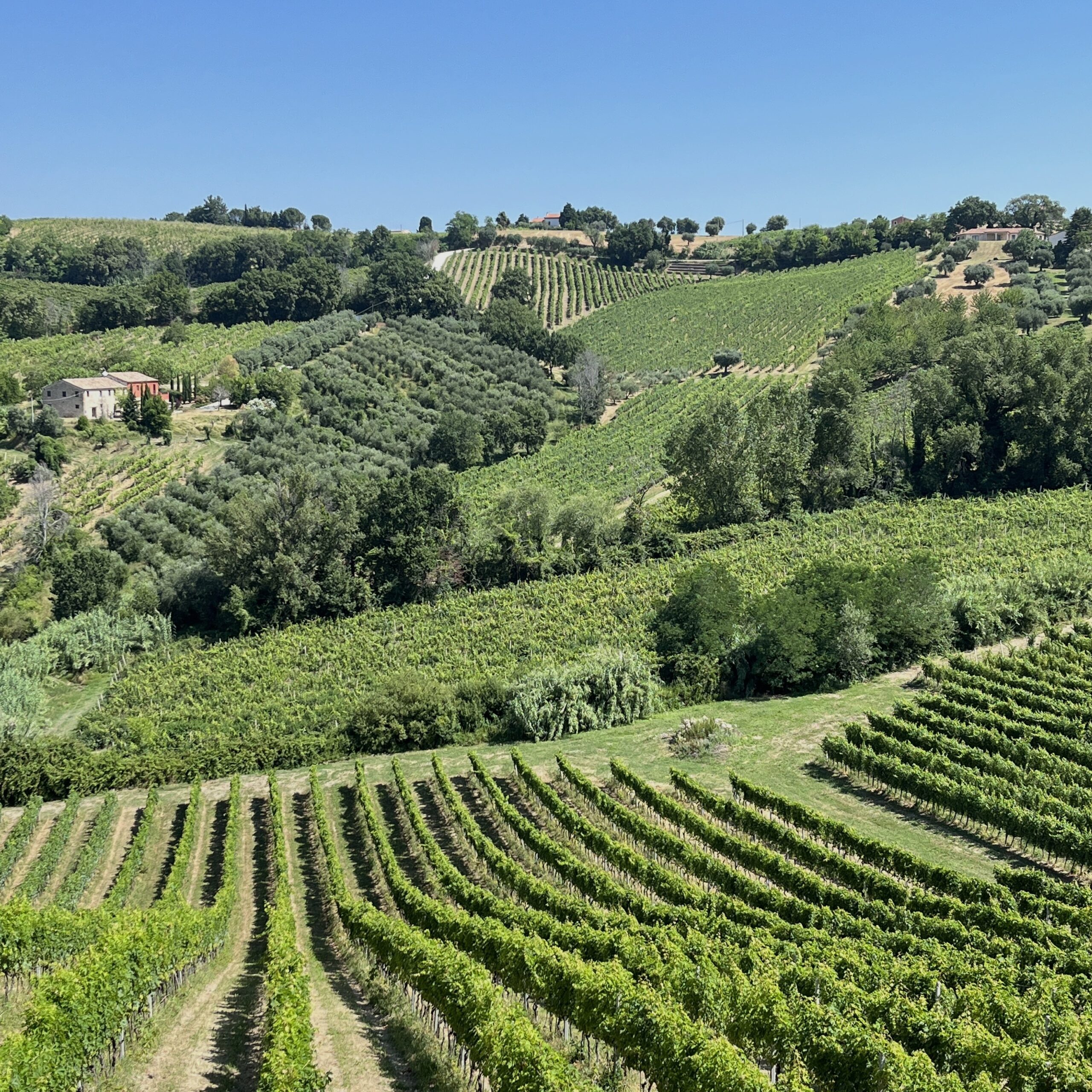
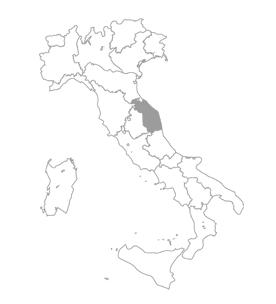
Piedmont
A symbiosis between the generosity of the land and passionate human endeavour going back centuries, has crafted Piedmont’s reputation for quality wine (and food) around the world.
The region’s name, derived from ad pedem montium (at the foot of the mountains), recognises the place of this vast hilly area between mountains of the Alps to the east and the north, and the Apennines to the south. They provide a shield to rain, resulting in a slightly dryer climate than other regions at similar latitude (such as Bordeaux).
A great variety of grapes is grown in the region, with among the most widespread Barbera, Dolcetto and of course Nebbiolo – used to make Barolo, as well as for example Barbaresco, Gattinara and Roero.

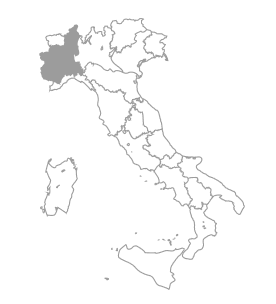
Sardinia
Vines and wine have been present in Sardinia for around 5,000 years, based on findings of amphorae (traditional wine vessels) in the area of the Nuraghi, a people on the island at the time. In the province of Nuoro, a Phoenician ‘oenological laboratory’ was discovered, complete with vats and tanks for fermentation and conservation of wine.
Today vines are grown throughout the island, with its rough and rugged interior terrain and elements of the Mediterranean in both its soil and its winds.
Indigenous grapes include Bovale, Caddiu, Cagnulari, Carignano, Girò, Monica and Nieddera. But the most famous and widely cultivated Sardinian red berried grape is the Cannonau, which derives its name from Spanish Canonazo (parts of Sardinia were under Spanish rule for much of the Middle Ages) and is a close sibling of Grenache.
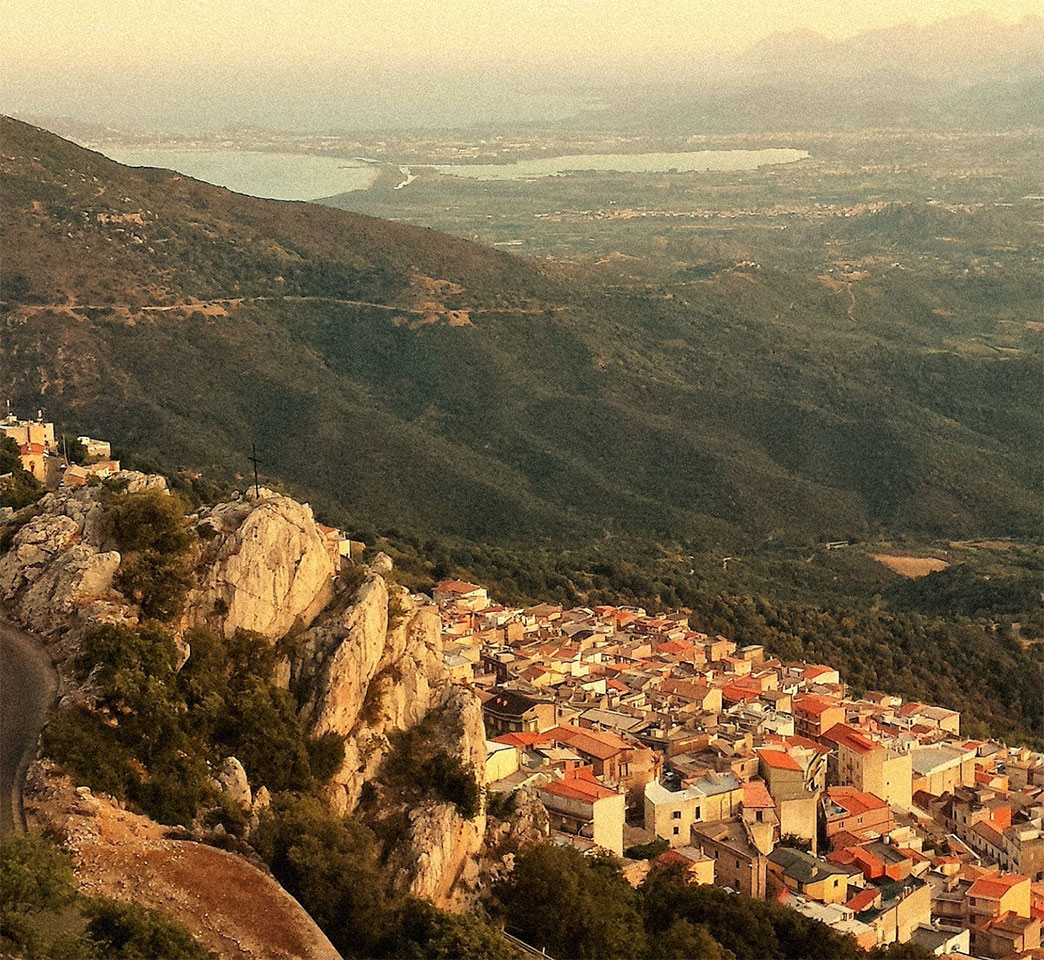
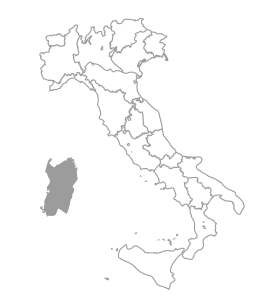
Sicily
The settlement of Greek colonies around the island during the 8th century BCE provided an important impetus to the growth of viticulture in Sicily, as illustrated by local production of western Greek amphorae.
For climate and geology, Sicily is often considered a continent in itself. Mount Etna, with vineyards at elevations up to 1,000 metres asl, is distinctly alpine, while Pantelleria, only 75 kilometres off the coast of Tunisia, is subtropical.
An important turning point for the island’s wine production was the introduction in 2011 of the regional denomination DOC Sicilia. Yield controls and mandatory quality assurance measures were established, today adhered to by over 500 wineries.
This provides important protection for two of Sicily’s most acclaimed indigenous grape varieties, the white Grillo and the red Nero d’Avola, the names of which may no longer be on labels for non-DOC wines.
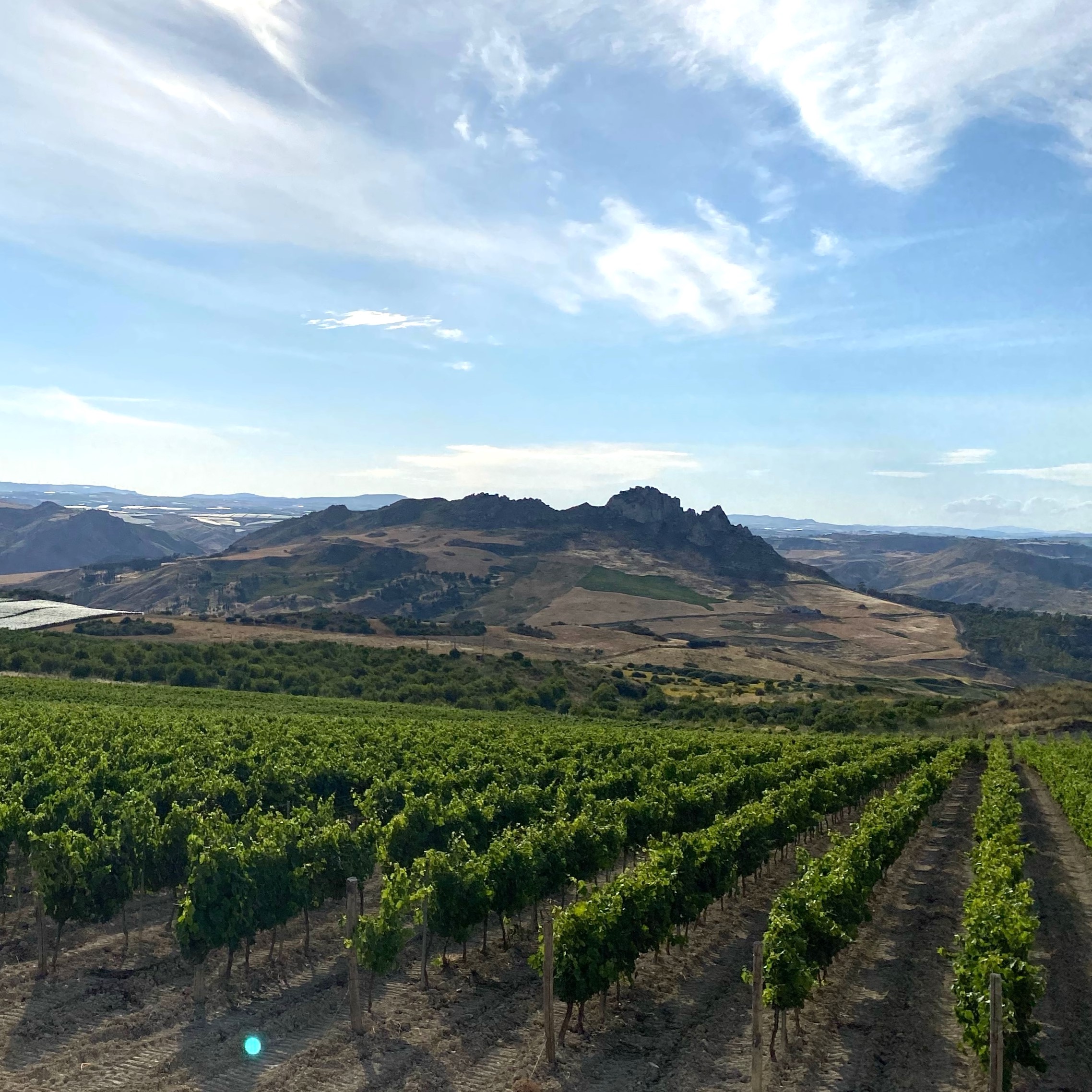
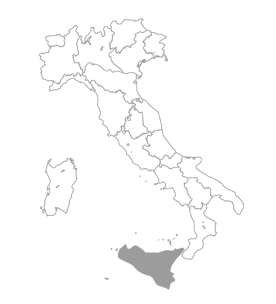
Tuscany
Winemaking here was first documented around the 6th century BC, when Etruscans began to systematically cultivate grapes to make wine. In the Middle Ages, merchants from Siena made wine to be sold in Florence, where in 1282 the Arte dei Vinattieri (winemakers’ guild) was founded.
During the Renaissance, wine of quality started to emerge, from grapes such as Vernaccia and Montepulciano. Like most of the world’s leading wine regions, Tuscany has a broad range of microclimates, stretching from the coasts of Bolgheri and the Maremma, to the centre including Montalcino and Montecucco.
Tuscany also is home to something no other region of Italy has seen – the Super Tuscans, red wines developed during the 1970s and 1980s, experiments in high quality with grapes not indigenous to the region. Examples include Cabernet Franc, Cabernet Sauvignon and Merlot, often blended with Sangiovese and aged in French oak.

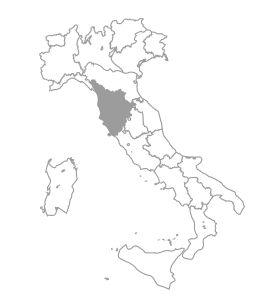
Umbria
Known as the green heart of Italy, the small interior region of Umbria has a climate and geography similar to neighbouring Tuscany, with cold rainy winters and dry sun-filled summers.
It is named after a people known as the Umbri, contemporaries and rivals of the Etruscans and also among the first in the world to produce wine.
Despite the region’s modest size, over recent years its importance in Italian viticulture has been steadily increasing, with very high quality wines in appellations such as Montefalco, Orvieto and Torgiano.
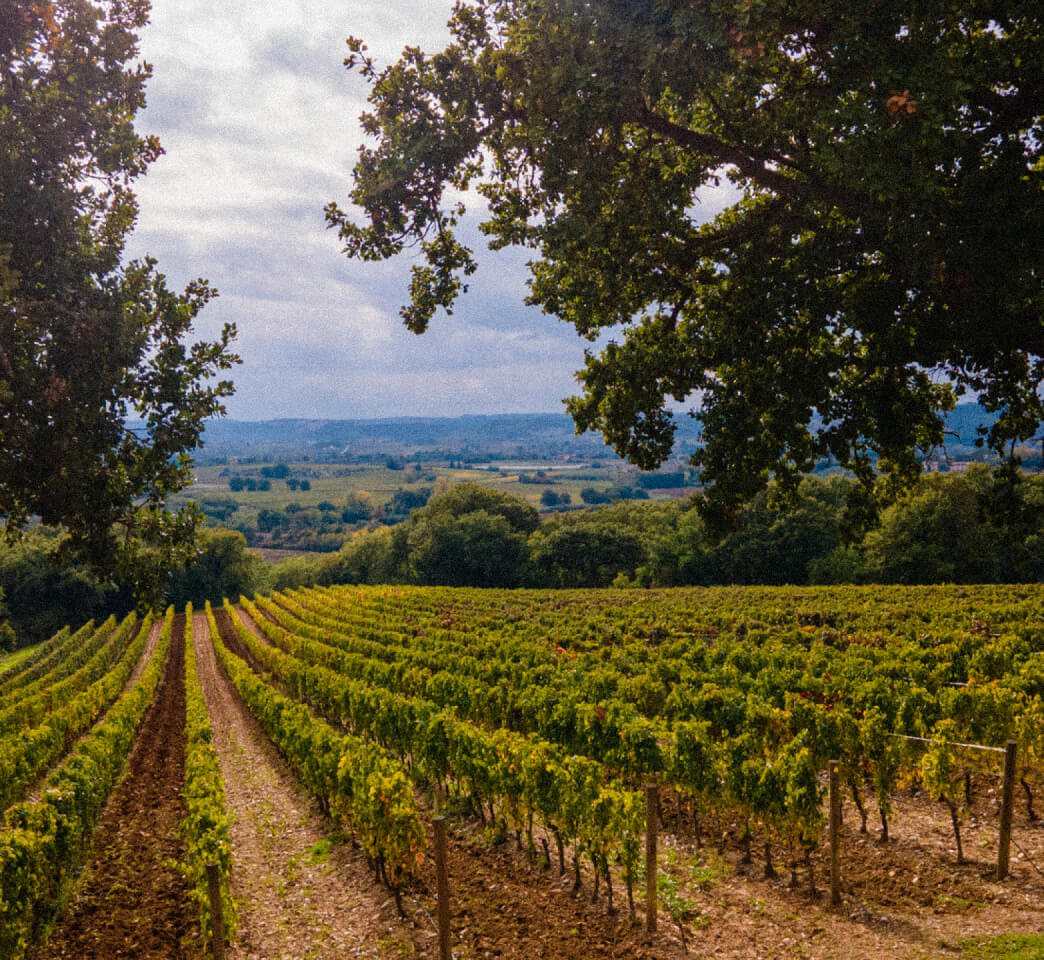
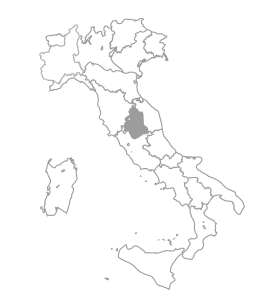
Veneto
Veneto is home to Venice and Verona, two important cities for the wine trade since the Middle Ages. The impact of Venice’s early prominence in particular can be seen to this day, in the wine produced within the region and along the Adriatic.
It now has over 90,000 hectares of vineyards, and is our country’s leading region for quantity of wine production. At the same time, it is home to a range of wines celebrated around the world, such as Amarone, Valpolicella and Soave.
The former two are made primarily with the Corvina grape, a variety that due to a thick skin lends itself particularly well to the appassimento process of air-drying. This allows the grapes to further develop their phenols and sugars, and concentrate flavours.
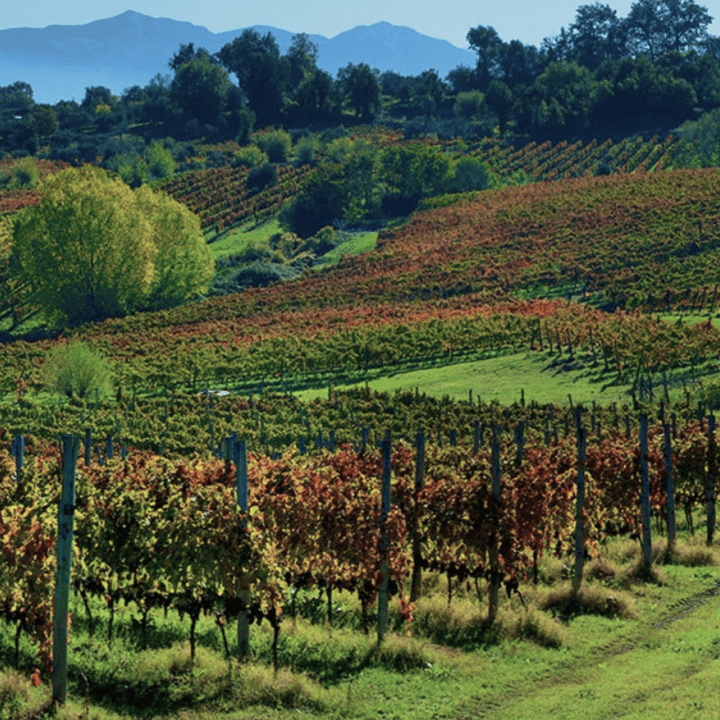
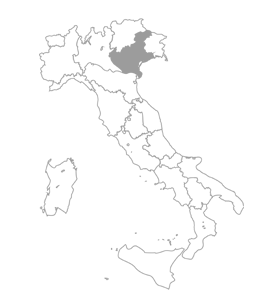
Please indicate YOUR LOCATIOn
Thank you for your interest in buying
SUADELA wine
In your country, our wine will become available in the coming weeks
Please join our mailing list, and we will make sure to notify you

